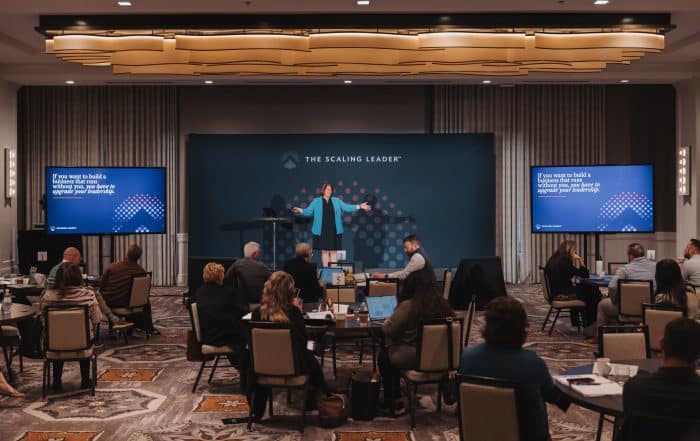The SECURE (Setting Every Community Up for Retirement Enhancement) Act was signed into law in December 2019 and contains many provisions that are designed to help Americans save more for retirement, begin saving for retirement, and use retirement funds responsibly. The SECURE Act was some of the most significant legislation affecting retirement plans in decades and has wide-ranging implications. Many provisions affect individuals, but several items included in the Act have significant effects on 401k plans, and in general, plans must amend for required changes (or if the plan has operated with one of the optional changes) by December 31, 2022.
Here are the provisions that impact most retirement plans:
- Eligibility changes: beginning January 1, 2021, the SECURE Act requires plans to allow 401(k) plan participation by long-term, part-time employees. An employee will qualify to contribute if the employee has completed either:
- 1,000 hours of service in the previous 12 months, or
- At least 500 hours of service in each of the last three years (count begins 1/1/2021, so these employees would become eligible 1/1/2024). Employers aren’t required to include employees in this second group in nonelective or matching contributions. If they do include them, the years of service in years prior to 2020 are included as years of service for vesting purposes.
- If the plan document does not already meet these requirements, plan sponsors are required to amend the plan provisions to ensure these requirements are met in order to remain a qualified employee retirement plan.
- Distribution changes – Penalty-free withdrawals can be made from qualified plans for birth or adoption expenses, up to $5,000 per child, as long as the distribution is taken within one year following the date of birth or adoption finalization. Participants can also repay this withdrawal to the plan.
- Maximum rate for auto-enrollment – Beginning in 2020, the maximum default rate plans can use under an automatic-enrollment safe-harbor plan increased from 10% to 15% after the first year of an employee’s deemed election. For example, if the plan auto-enrolled employees at 5%, provisions could be included to increase to 10% in the second year and 15% in the third year. The 15% would be the maximum default rate for a safe-harbor plan.
- Increased business tax credit for plan startup costs – in an effort to encourage small businesses to set up retirement plans, the SECURE Act increased the tax credit for a new plan from a cap up $500 to $5,000 depending on certain criteria.
- Offers an option for a group of plans to file a consolidated Form 5500 if the plans meet certain conditions (same trustee, fiduciary, administrator, year, investment options, etc.).
In addition, the CARES Act gave plans more flexibility to make distributions to participants affected by COVID-19, though most provisions were optional. Plan trustees and administrators should stay informed on the changes above and from the CARES Act to ensure all relevant provisions are updated in the plan documents and followed in plan operations.
Compliance with the rules and regulations of the Department of Labor, IRS, and recent acts of Congress has become more complex for employee benefit plans due to the rapid rate of changes in recent years. At Forge Financial and Management Consulting, we’re happy to discuss any of these changes with you and help ensure your plan stays compliant, providing retirement benefits to employees for years to come.
ABOUT THE AUTHOR
Ross Van Laar
Relevant Posts
Learn What Your Business Needs Most to Unlock Faster Growth
Your business relies on four key areas, or centers of intelligence, to thrive. Take the free Business Intelligence Grader to see how you score across financial, leadership, productivity, and human intelligence and learn where to focus to drive greater results.
Your business relies on four key areas, or centers of intelligence, to thrive. Take the free Business Intelligence Grader to see how you score across financial, leadership, productivity, and human intelligence and learn where to focus to drive greater results.



